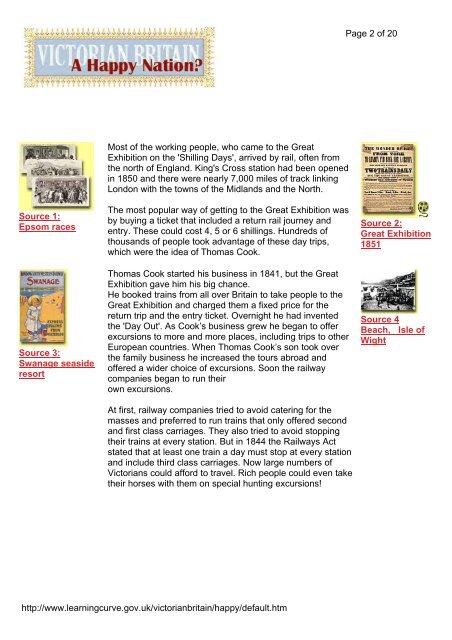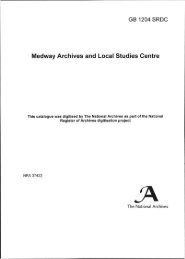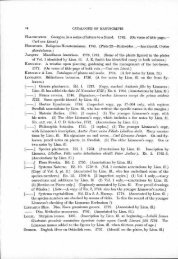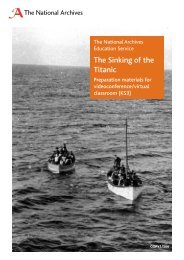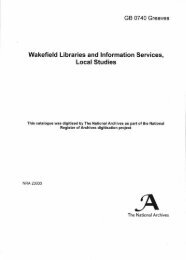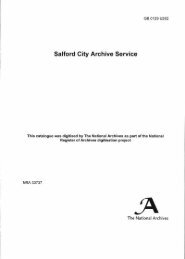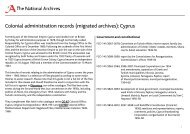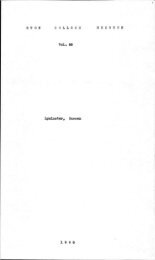http://www.learningcurve.gov.uk/victorianbritain/happy/default.htm ...
http://www.learningcurve.gov.uk/victorianbritain/happy/default.htm ...
http://www.learningcurve.gov.uk/victorianbritain/happy/default.htm ...
Create successful ePaper yourself
Turn your PDF publications into a flip-book with our unique Google optimized e-Paper software.
Source 1:<br />
Epsom races<br />
Source 3:<br />
Swanage seaside<br />
resort<br />
Most of the working people, who came to the Great<br />
Exhibition on the 'Shilling Days', arrived by rail, often from<br />
the north of England. King's Cross station had been opened<br />
in 1850 and there were nearly 7,000 miles of track linking<br />
London with the towns of the Midlands and the North.<br />
The most popular way of getting to the Great Exhibition was<br />
by buying a ticket that included a return rail journey and<br />
entry. These could cost 4, 5 or 6 shillings. Hundreds of<br />
thousands of people took advantage of these day trips,<br />
which were the idea of Thomas Cook.<br />
Thomas Cook started his business in 1841, but the Great<br />
Exhibition gave him his big chance.<br />
He booked trains from all over Britain to take people to the<br />
Great Exhibition and charged them a fixed price for the<br />
return trip and the entry ticket. Overnight he had invented<br />
the 'Day Out'. As Cook’s business grew he began to offer<br />
excursions to more and more places, including trips to other<br />
European countries. When Thomas Cook’s son took over<br />
the family business he increased the tours abroad and<br />
offered a wider choice of excursions. Soon the railway<br />
companies began to run their<br />
own excursions.<br />
At first, railway companies tried to avoid catering for the<br />
masses and preferred to run trains that only offered second<br />
and first class carriages. They also tried to avoid stopping<br />
their trains at every station. But in 1844 the Railways Act<br />
stated that at least one train a day must stop at every station<br />
and include third class carriages. Now large numbers of<br />
Victorians could afford to travel. Rich people could even take<br />
their horses with them on special hunting excursions!<br />
<strong>http</strong>://<strong>www</strong>.<strong>learningcurve</strong>.<strong>gov</strong>.<strong>uk</strong>/<strong>victorianbritain</strong>/<strong>happy</strong>/<strong>default</strong>.<strong>htm</strong><br />
Page 2 of 20<br />
Source 2:<br />
Great Exhibition<br />
1851<br />
Source 4<br />
Beach, Isle of<br />
Wight


